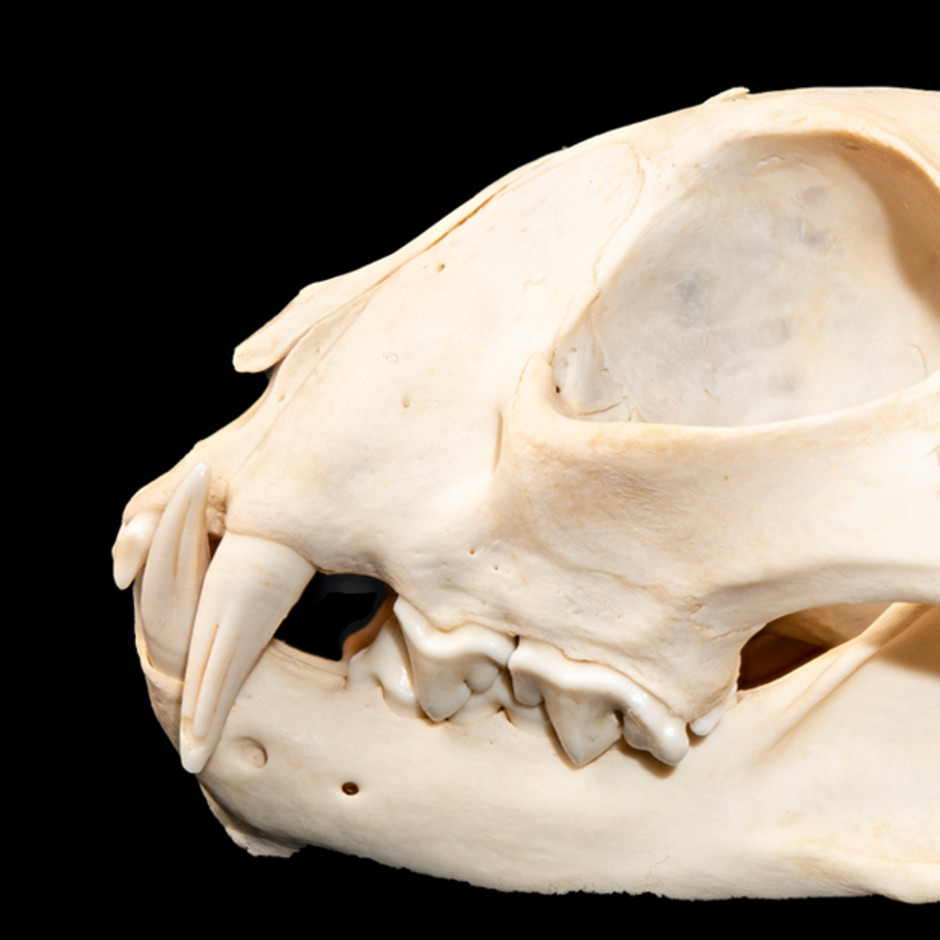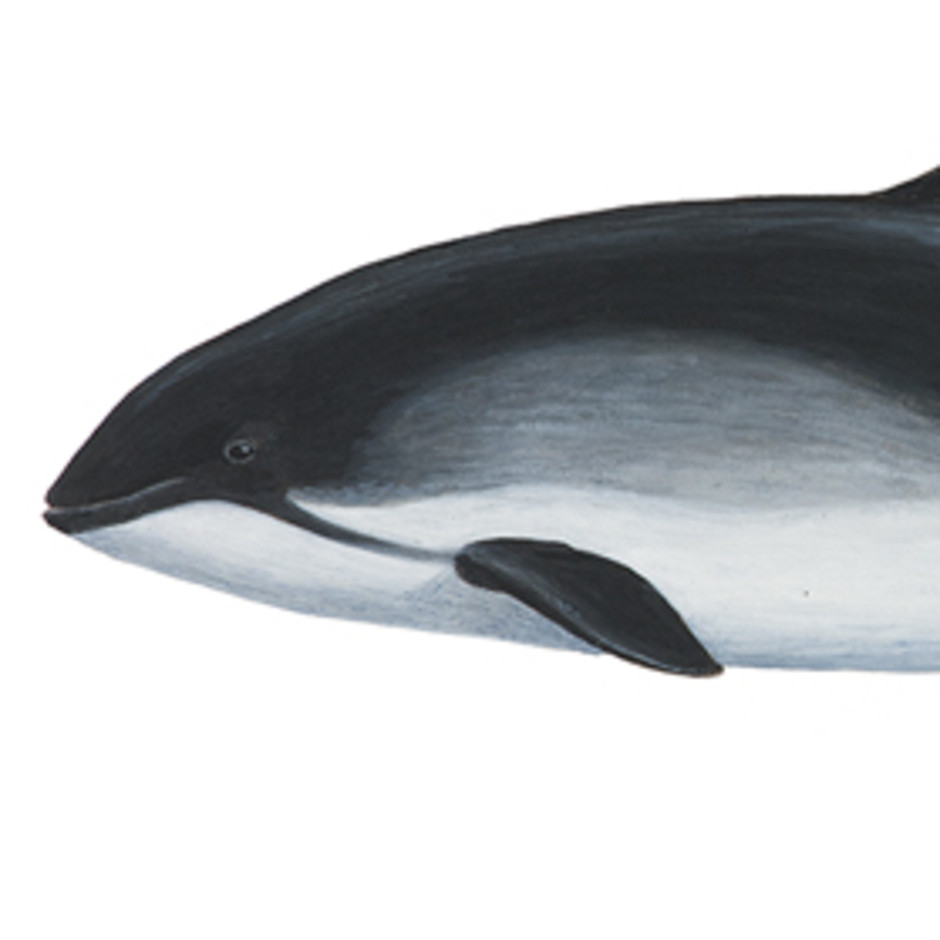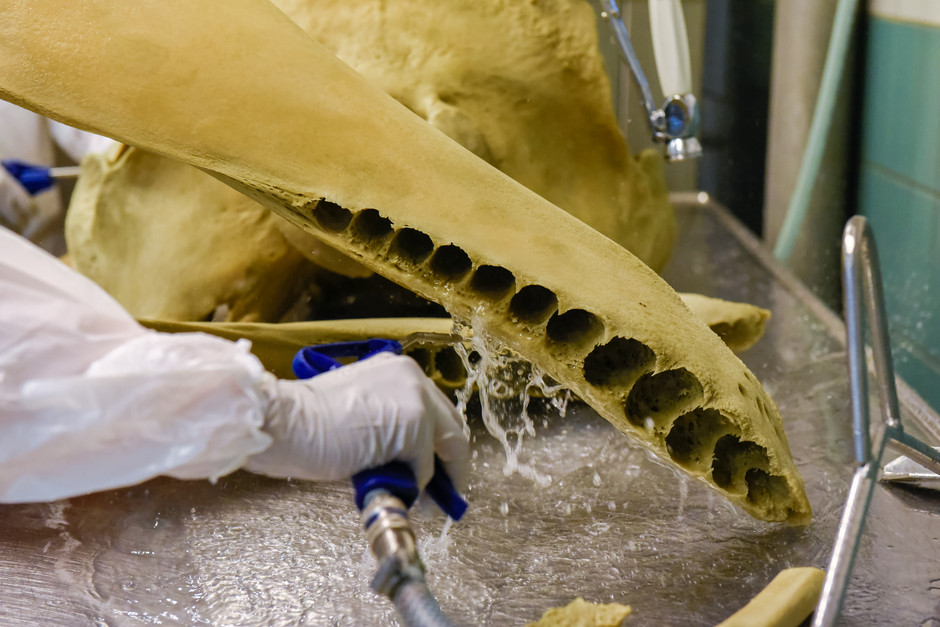The animal arrives at the museum
The animals are received in our Taxidermist Workshop. Every bird or mammal that arrives here is entered into a database, whether it is state-owned wildlife or not. We record details about where, when, and how the animal was found. Such information is often crucial for the scientific value of the animal.
Harbor porpoises and other whales are sent the Swedish Veterinary Agency. You can read more here.
Learn more about the museum's Taxidermist Workshop.
Preservation for research and education
What the animal will be used for depends broadly on its condition, what gaps exist in the collections, the need to maintain time series, and/or any ongoing projects. For example, we may preserve the entire animal, the skin or parts of the skin, the skeleton or parts of the skeleton, as well as tissue samples. Tissue samples can range from a small piece of muscle for DNA analysis to more extensive samples from both muscle and internal organs. Tissue samples are stored in the museum's Environmental Specimen Bank and are primarily used for research on environmental pollutants.
Prepared items, such as skins or skeletons, are incorporated into the museum's zoological collections. As part of the collection, they become available to researchers worldwide. These items can also be used in exhibitions or loaned to other institutions for educational purposes.
If the animal is in very poor condition, it may not always be possible to preserve any physical material from the specimen, but the finding still offers statistical value.
Some animals are sent to the Swedish Veterinary Agency, where veterinarians perform autopsies to e.g. determine the cause of death.
The case of the White-tailed Eagle’s near disappearance in the 1970s is a good example of how state-owned wildlife management can contribute to species conservation and environmental monitoring. Researchers found that environmental pollutants were causing the decline, a realization that was based almost entirely on analyses of dead birds brought to the museum.
Contact

State-owned wildlife
This is a shared email inbox that you can contact for questions related to state-owned wildlife.

Anna Lotsander | Senior assistant
State game coordination officer

För tumlare och andra marina däggdjur:

Marine mammals
This is a shared email inbox for harbor porpoise and other marine mammals.

